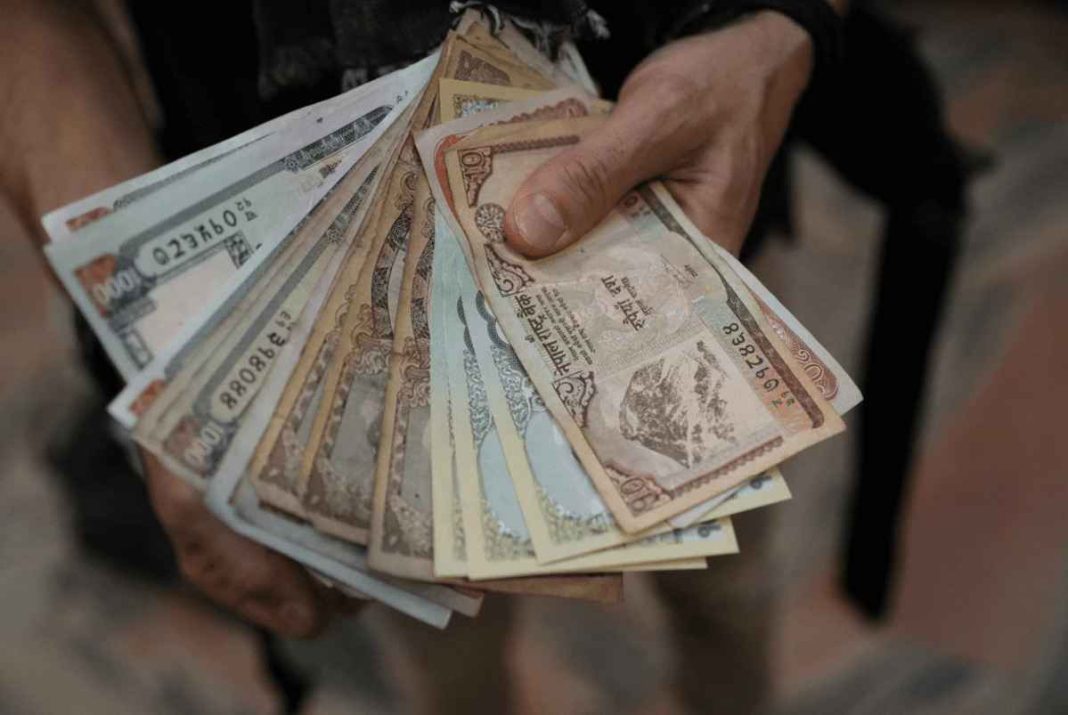The fourth International Conference on Financing for Development, held in Seville, Spain, has drawn attention to a growing global concern — the escalating debt crisis in developing countries. Since 2010, sovereign debt levels across these nations have soared, now comprising nearly 30% of global debt. This mounting pressure reflects a combination of long-standing financial dependencies and new economic shocks.
Origins of the Debt Crisis
The current debt crisis has historical underpinnings dating back to the 1970s. Following the oil price shocks, many developing nations, especially those reliant on oil imports, turned to global financial markets for relief. Western banks, flush with petrodollars, extended massive loans, locking countries into a cycle of borrowing. The 1980s recession further deepened the problem as rising global interest rates pushed these nations into chronic debt-servicing loops.
Record-High Debt Servicing Costs
In 2023, the scale of the debt crisis reached a critical threshold, with developing countries spending an unprecedented $1.4 trillion on external debt servicing — the highest in two decades. Over 50% of these countries now devote at least 8% of their government revenues to interest payments alone. This financial strain is especially severe in Africa and Latin America, where essential public investments are being sidelined to meet debt obligations.
The Cost of Borrowing: A Global Disparity
A central feature of the debt crisis is the unfair borrowing costs faced by developing nations. Interest rates are often 2 to 4 times higher than those paid by the United States, and up to 12 times more than Germany’s rates. These disparities stem from investor perceptions of higher risk, amplified by systemic biases in credit ratings and limited access to affordable finance.
Credit Ratings and Financial Inequity
Sovereign credit ratings significantly influence debt sustainability. For many Global South countries, unfavorable ratings drive up borrowing costs and compound fiscal stress. Nations like Cameroon and Ethiopia, after seeking debt restructuring, were hit with downgrades, intensifying their debt crisis. These actions hinder their ability to fund critical sectors such as healthcare, education, and infrastructure.
Regional Dimensions of the Crisis
The debt crisis affects regions differently. African nations have seen their interest payments increase 3.2 times since 2013. The Asia-Pacific region reflects a similar trend, with repayments nearly tripling. Meanwhile, Latin America has experienced a comparatively slower escalation. These variations highlight the unequal impact of global financial mechanisms on regional economies.
Looking Ahead: Debt vs. Development
The growing debt crisis now directly competes with long-term development goals. Many low- and middle-income countries are allocating more funds to service debt than to tackle climate change or support social welfare programs. With annual external debt payments doubling in the past decade, questions arise about the sustainability of these financial models and their implications for global development.



